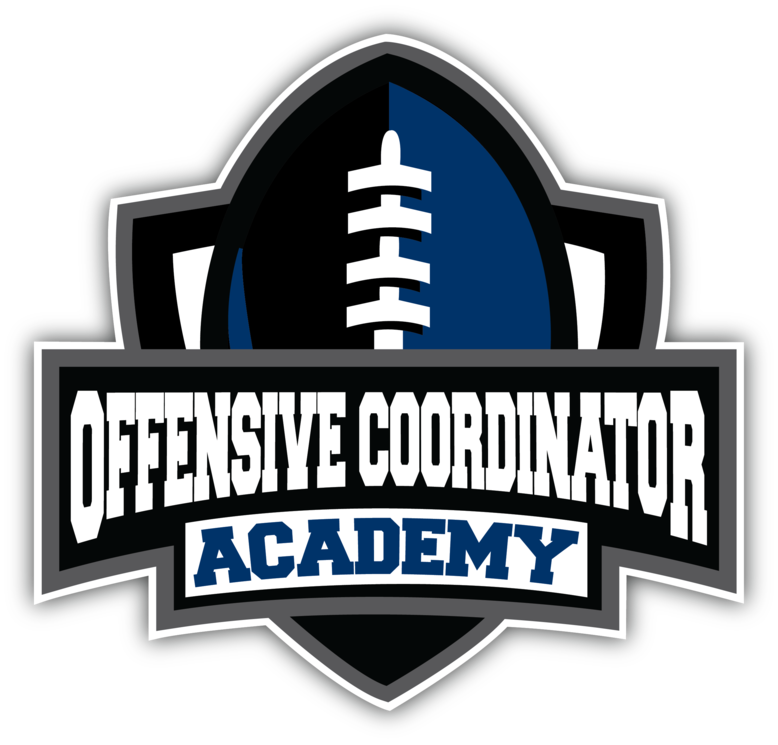Since the evolution of the forward pass, offenses have been doing any and everything to gain the advantage of opposing defenses. The game has changed tremendously from the “three yards and a cloud of dust” or USC’s famous “Student Body Left.”
Now we are in the age of wide-open spread formations that gave life to the Air Raid made famous at Iowa Wesleyan by Hal Mumme and the Pirate himself, Mike Leach (Rest in Peace).
The signature of Mike Leach’s version of the Air Raid was the mesh concept along with Y-cross. The mesh concept was used by LaVelle Edwards, June Jones, and even new-school coaches like Utah’s Kyle Whittingham and Washington’s Kalen DeBoer.
Simply, the mesh concept is classic and timeless like apple pie.
Humble Beginnings
The origins of the mesh concept can be traced back as far back as the early 1980s to the campus of BYU under HC Lavelle Edwards.
BYU had great QBs spear-heading the helm, names like Jim McMahon, Steve Young, and Ty Detmer were putting up video game type numbers with this pass happy offense using crossing routes to find open receivers in space.
The BYU version of the mesh concept came mostly from the pro-set 21 personnel, with the QB under center. The X-receiver and the TE will attempt to rub or mesh at a point of about 5 yards. This concept is effective vs both zone and man coverages.
Zone Vs. Man
The mesh concept can be effective against both zone and man defenses. If the defense is in zone coverage, receivers can find open grass and sit, versus man to man, you can get your best athletes in space, and on the move.
The mesh concept can often struggle against a zone blitz or simulated pressure. If the defense looks to get home quick against the 5-man pass protection of the offense, it could create potential issues.
Many teams will look to confuse teams by dropping defensive linemen or replace blitzers with secondary players to fill voids in coverage.
These situations will speed up the need for the ball to come out and challenge the receivers and QB to be on the same page. While mesh is a blitz beater, offenses will like this play better against man blitz teams.
Variations
Mesh Rail
The “mesh rail” variation is arguably the most popular mesh design in football right now. The noticeable points in this design are the use of the RB downfield, and the Z WR running a “spot” route over the ball.
This gets the running back involved as he becomes the primary option running the rail route. His job is to expand to the numbers and become available vertically up the field, while getting his eyes to the QB quickly to become ready for a throw. The X WR on the speed out is a pre-snap decision for the QB if he likes the space/matchup. Post-snap, the QB can move from the rail, shallow drag, spot route, to finally the deep drag working opposite of the formation.

Spot Rail
The “spot route” is a great addition to the mesh concept, as it is an answer for the QB against zone.
The core of the concept remains the same, but the QB can move to this spot route after looking at both his rail and shallow drag route post-snap. The receivers landmark is to sit over the football at 8-10 yards and provides a simple completion for the QB in zone coverage to a stationary target.
Against man coverage, the spot route runner most likely, will not get the football. His natural path over the middle can look to set natural picks for both the shallow and deep drag route runners.
Mesh Concept Tags
Here are a couple of tags for the mesh concept:
Slot Wheel
The easier variation, have the slot WR wheel up the sideline. This can be done from 2X2 or 3X1 formations.
From 2×2

From 3×1

Pivot Whip
The second variation is the “pivot” or “whip” tag.
This involves some timing practice. The meshers will stop their route early then pivot to the outside. The best way to time it would be to have the WR run toward the LB and when the LB drops and looks towards him THEN plant and pivot to the outside.

In Closing
The mesh concept was developed by LaVell Edwards at BYU, later run by Hal Mumme/Mike Leach in their “Air Raid” systems, and with the new school coaches like Lincoln Riley putting their own personal spin on the mesh concept.
With the wide-open style of modern football, the mesh concept, if properly executed will give opposing defenses fits for years to come.


